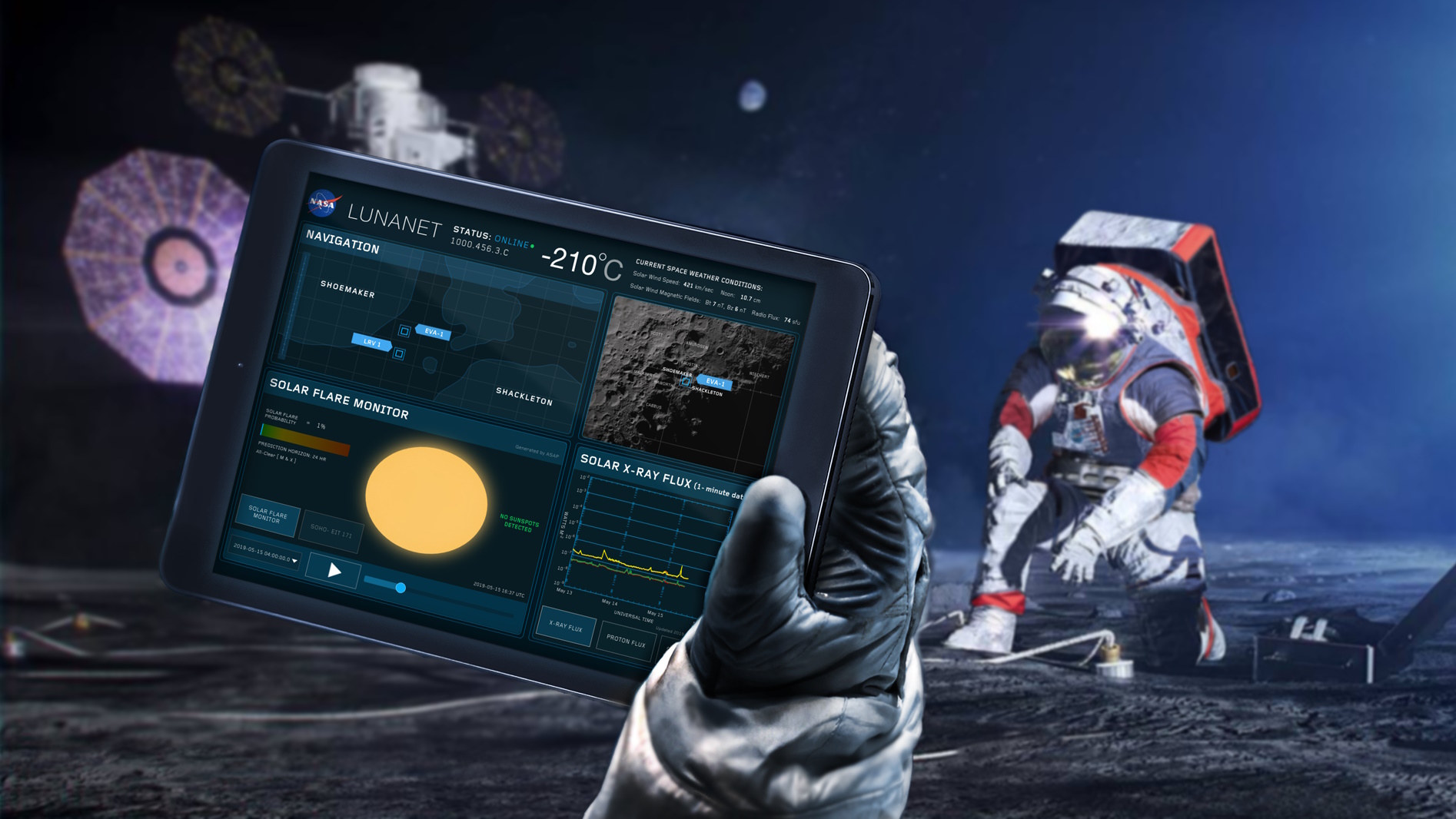
As the space around the Moon and Mars become popular destinations for both commercial and government spacecraft, communication is key — and the infrastructure out there is nowhere near robust enough to handle the increased traffic.
That's why Aerospace teamed up with NASA, ESA, and JAXA on LunaNet, a new set of standards that would make for a more resilient and powerful communications and navigation system out there. You can read more about the system here.
"By integrating cutting-edge networking principles with resilient navigation and science capabilities, we are paving the way for sustained lunar operations, said Aerospace's Philip Dafesh, who is leading the effort. "LunaNet is more than just a communication network — it’s foundational to the emerging lunar economy and a new era of deep-space exploration."
Essentially it's a new framework for applying modern techniques like 5G and disruption-tolerant mesh networking to improve bandwidth and reliability. For instance, nodes cache and check data transmissions so that in the event of a disconnection, no data is lost. And its navigation signal will allow for autonomous operation on the lunar surface without constant oversight from Earth. There's even a search and rescue service for emergencies. And that's without getting into the research possibilities!
Our engineers performed design, analysis, and simulation work to help these international collaborators arrive at a consensus and show that the proposed designs are both functional and superior to other options, like the venerable Deep Space Network. And work is ongoing: we'll be testing commercial compatibility soon, to make sure the system already adopted by NASA and ESA can be used by anyone to support their mission.
